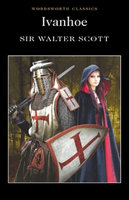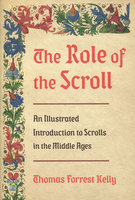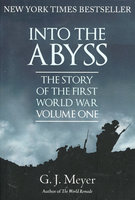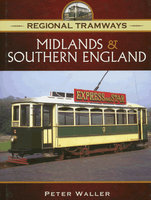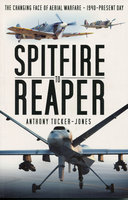New, Quality Gift Books - 50-90% off - over 2500 titles
Your basket is empty.
Categories Last Chance to buy! AIR WARS 1920-1939
AIR WARS 1920-1939
Book number: 93753
Product format: Hardback
In stock
Bibliophile price
£6.00
Published price
£20
Customers who bought this product also bought
|
|
ROLE OF THE SCROLL: An Illustrated Introduction to Scrolls
Book number: 92034
Product format: Hardback
Bibliophile price
£4.50
Published price
£19.99
|
INTO THE ABYSS: The Story of the First World War Volume One
Book number: 92672
Product format: Paperback
Bibliophile price
£7.00
Published price
£16.99
|
|
MIDLANDS & SOUTHERN ENGLAND: Regional Tramways
Book number: 93238
Product format: Hardback
Bibliophile price
£6.00
Published price
£25
|
SPITFIRE TO REAPER
Book number: 93257
Product format: Paperback
Bibliophile price
£4.00
Published price
£20
|
|
Browse these categories as well: Last Chance to buy!, Transport, War & Militaria, SALE C427

